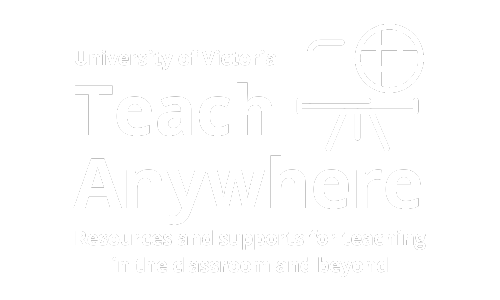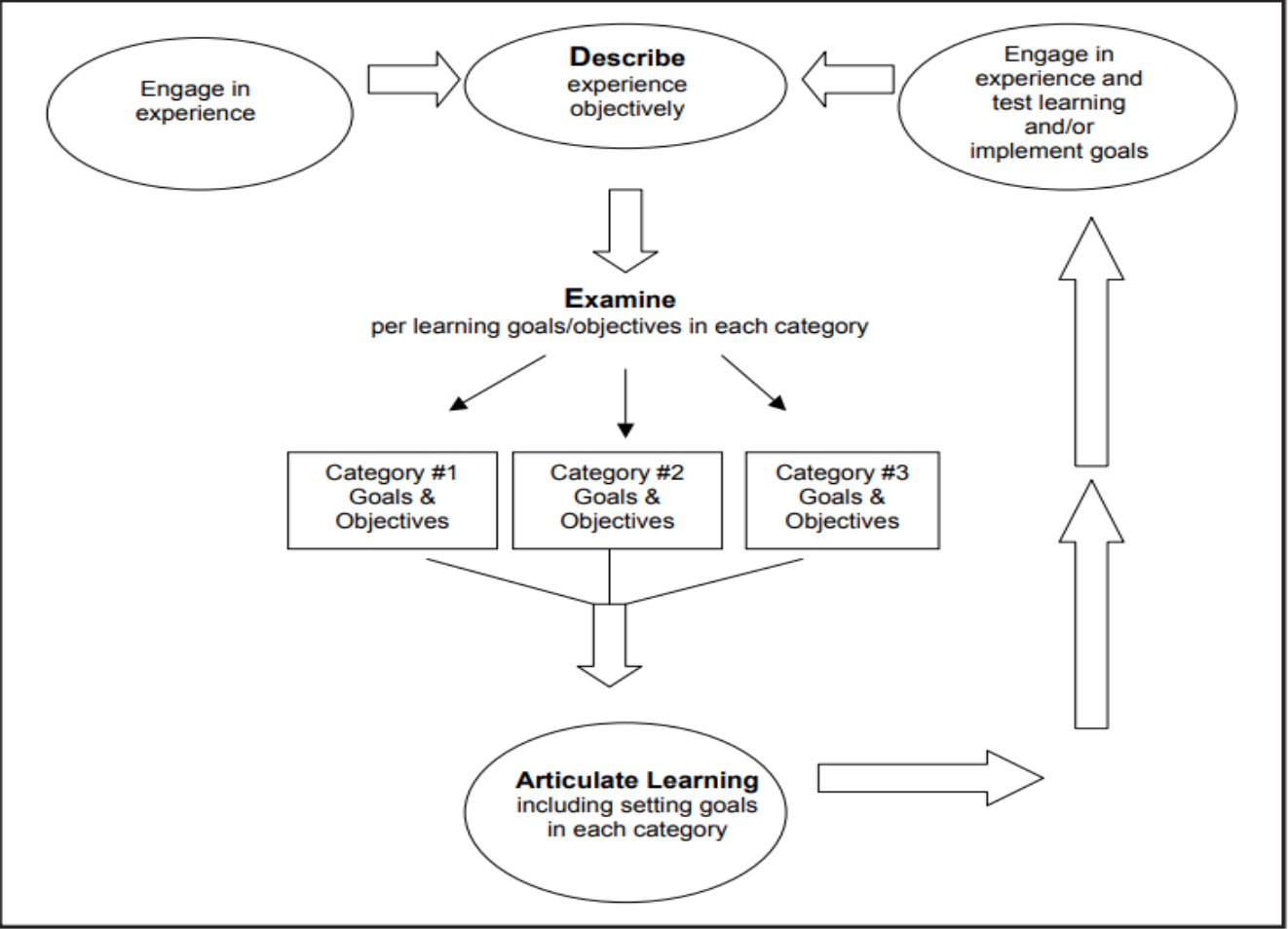The DEAL model was originally developed by Ash & Clayton (2009; 2004) to help students reflect on their service-learning experiences and achieve intended learning outcomes (ILOs).
The model involves 3 phases: Describe, Examine, and Articulate Learning. This model can be used effectively in both written and oral reflective activities.
In the Describe phase, students provide a detailed, objective description of their experiences with a high level of detail. This phase helps the student to be present in the experience prior to interpreting their experiences. In their descriptions, students may be asked details such as who was and was not present, when and where the experience occurred, what they saw and heard, what actions they and/or others took (or perhaps chose not to take), and what activities did or did not involve.
In the Examine phase, students evaluate and analyze their experiences according to the specific ILOs or objectives of the course. This phase encourages students to extract meaning from their experiences. This is aided by pairing prompts to ILOs or course objectives.
The last phase, Articulate Learning, involves students explaining what they have learned, “including goals for future action that can then be taken forward into the next experience for improved practice and further refinement of learning” (Ash & Clayton, 2009, p. 41). Building on the first two phases, this phase involves four key prompts:
1) What did I learn?
2) How did I learn it?
3) Why does it matter?
4) What will I do in light of it?
References
-
Ash, S.L. & Clayton, P.H. (2009). Generating, deepening, and documenting learning: The power of critical reflection in applied learning. Journal of Applied Learning in Higher Education, 1(1), 25- 48. https://www.missouriwestern.edu/appliedlearning/wpcontent/uploads/sites/116/2018/11/JALHE-1.pdf
-
Ash, S.L. & Clayton, P.H. (2004). The articulated learning: An approach to guided reflection and assessment. Innovative Higher Education, 29(2), 137-154.

